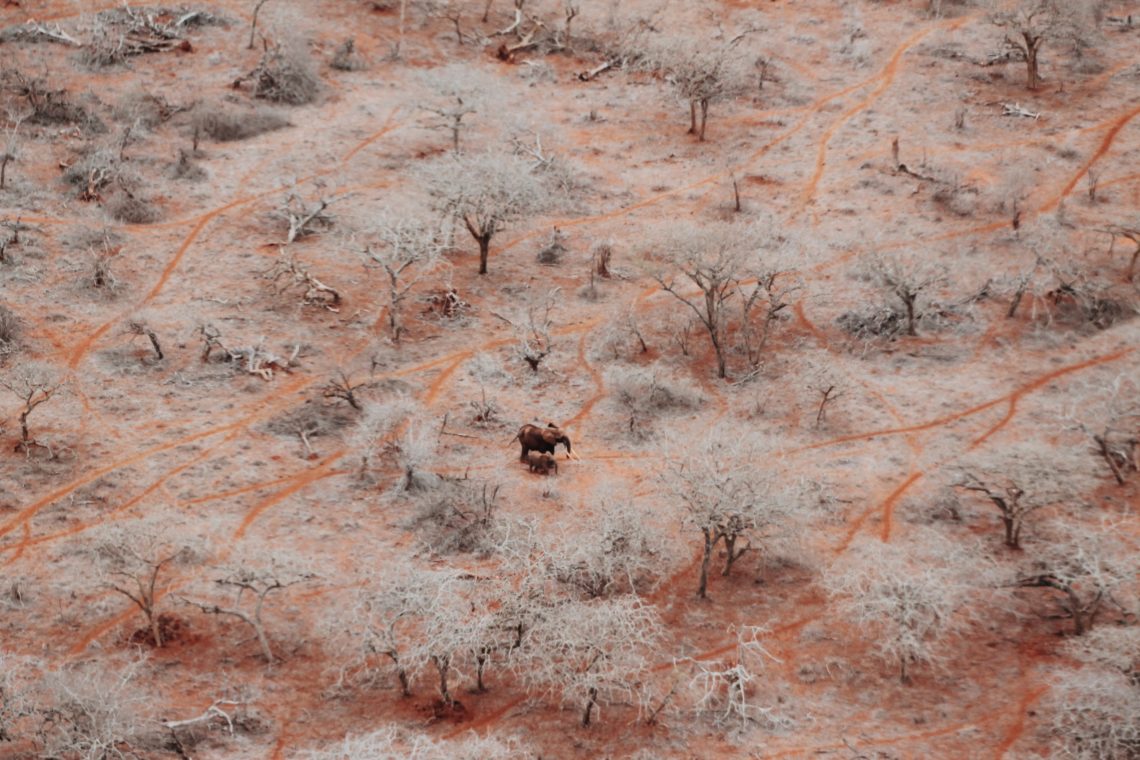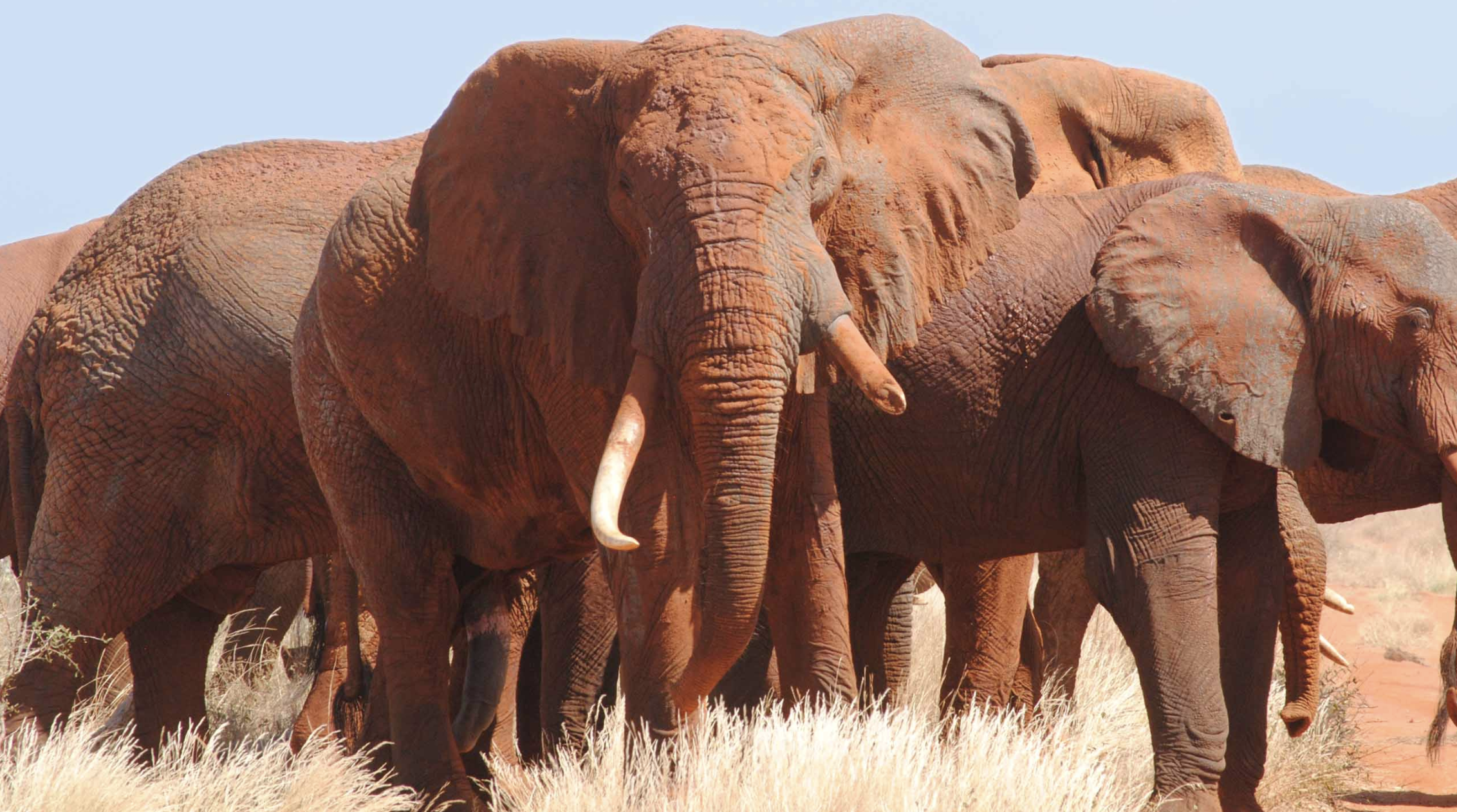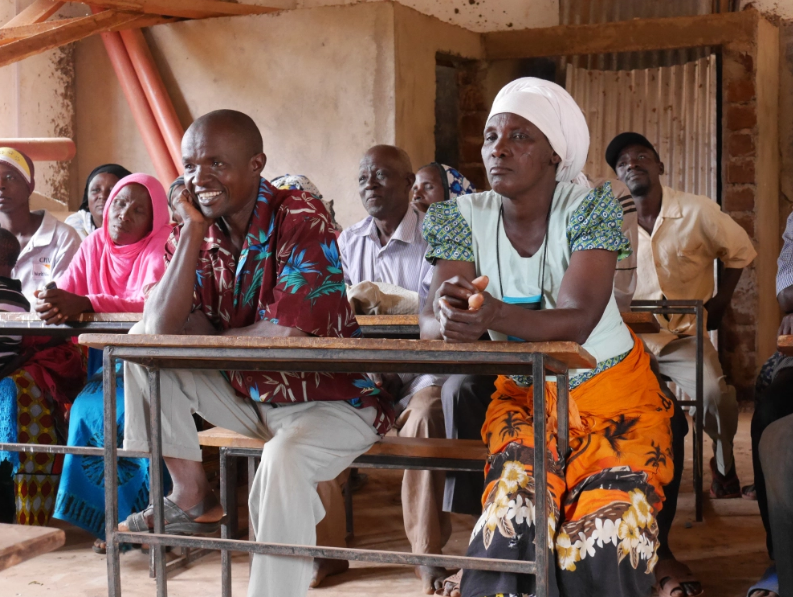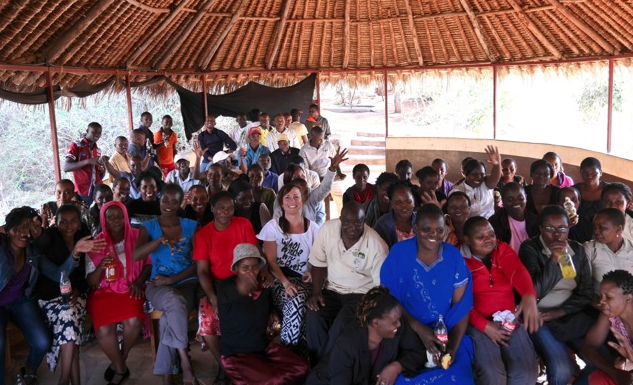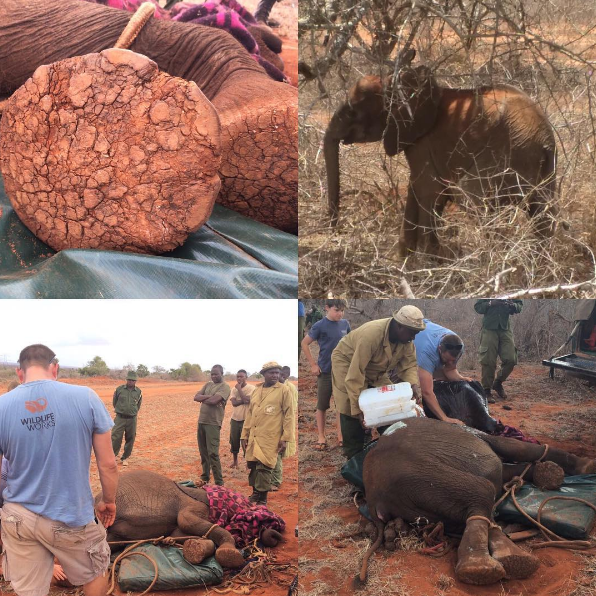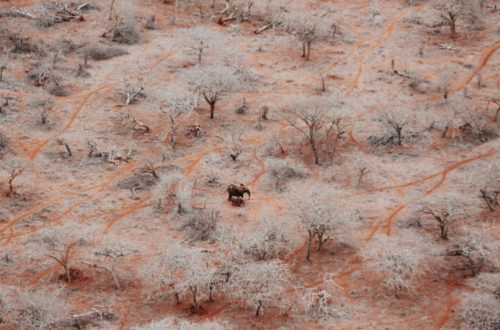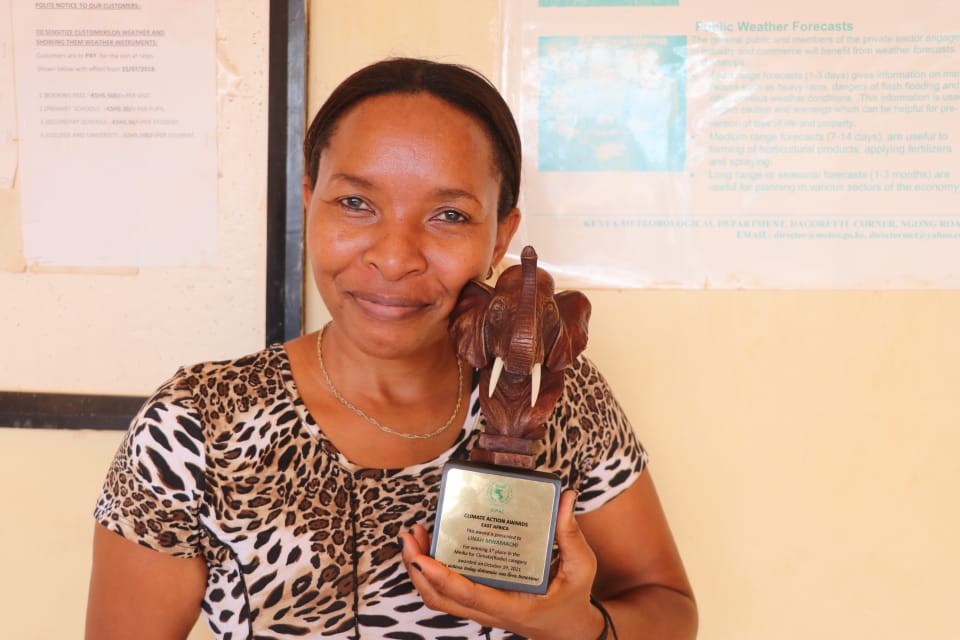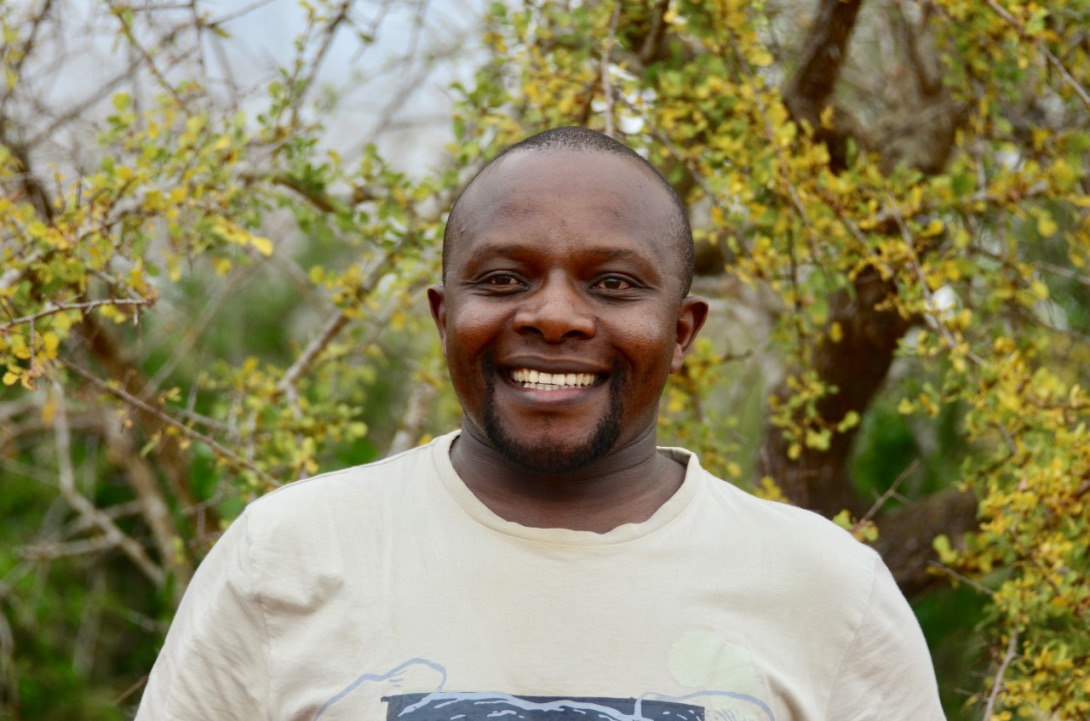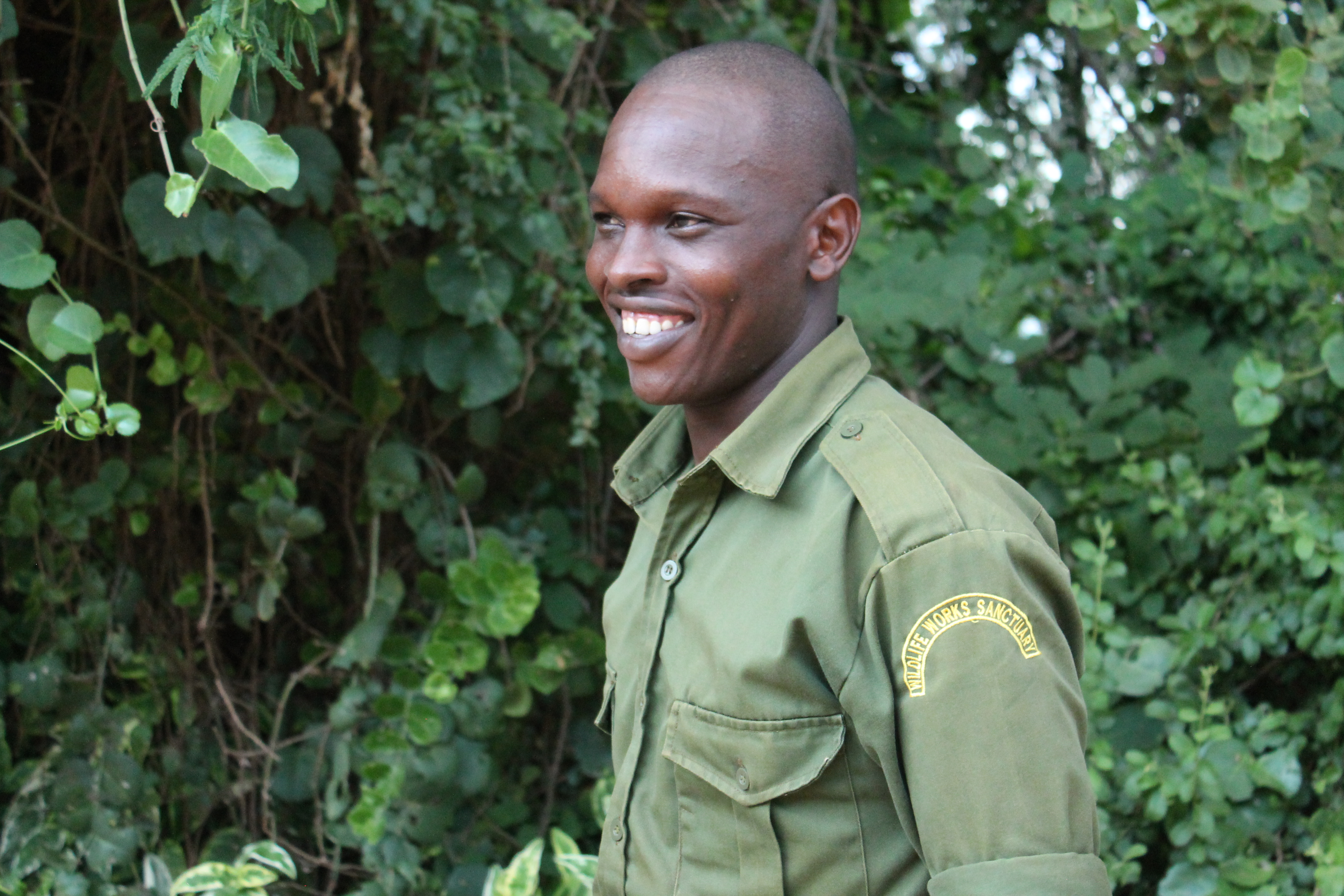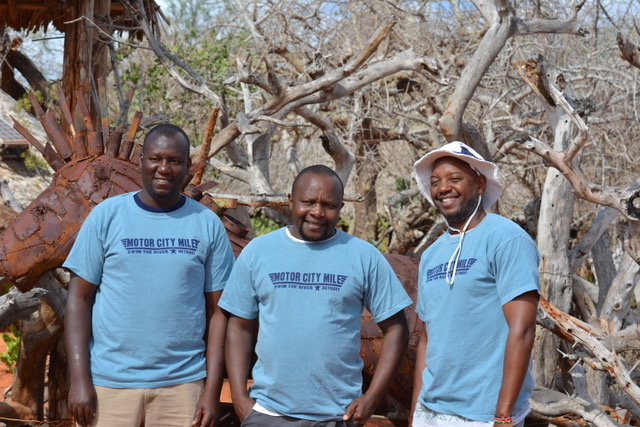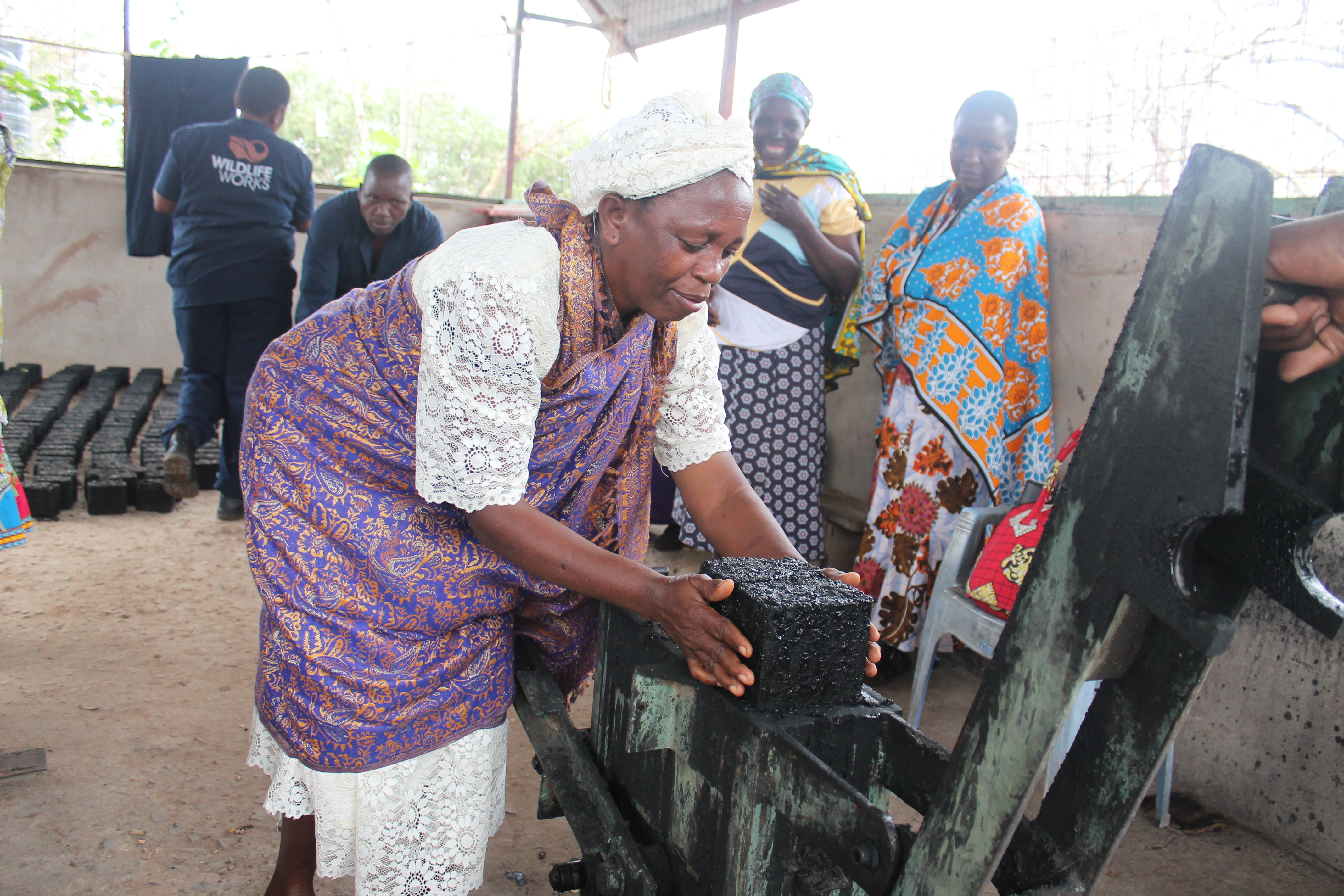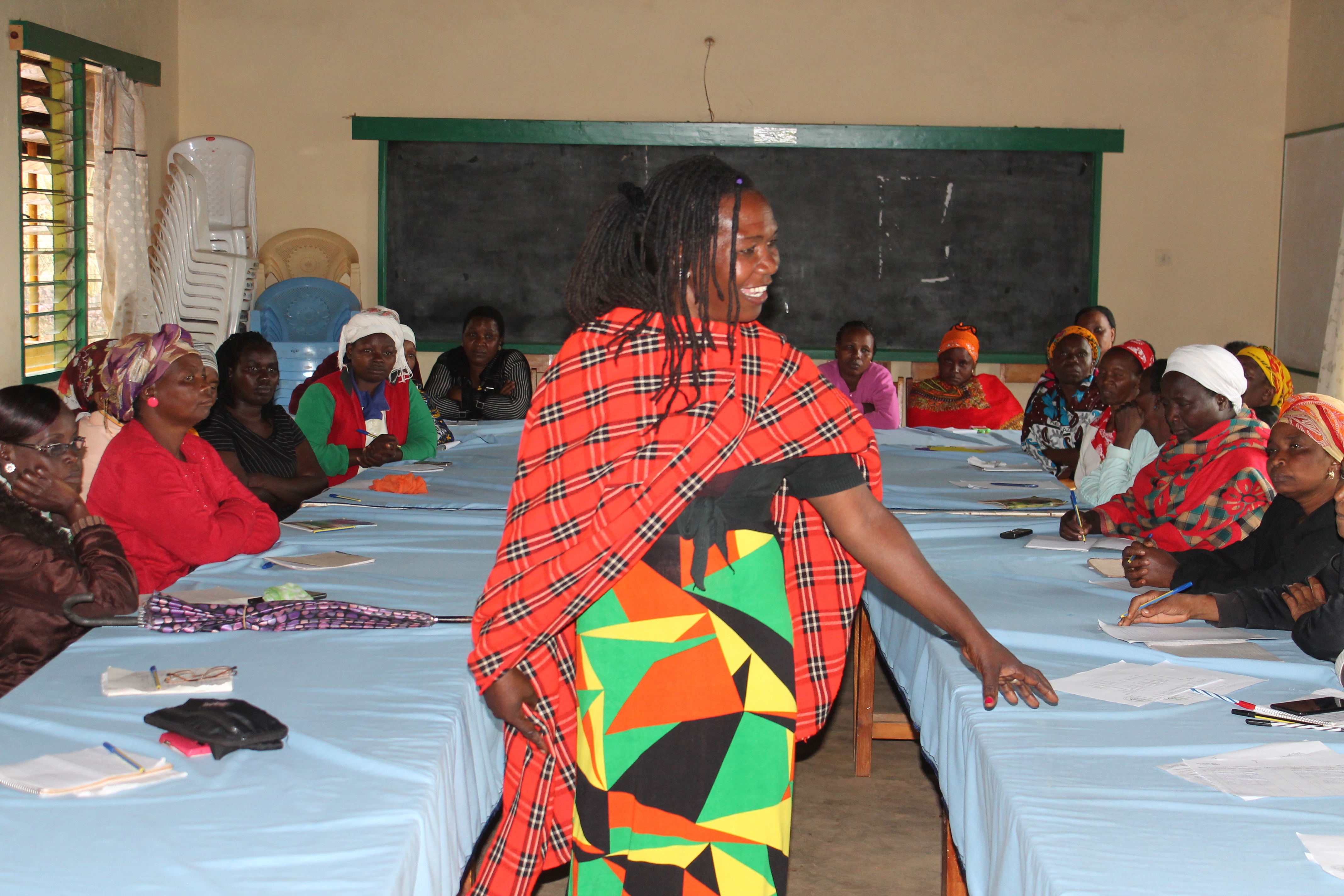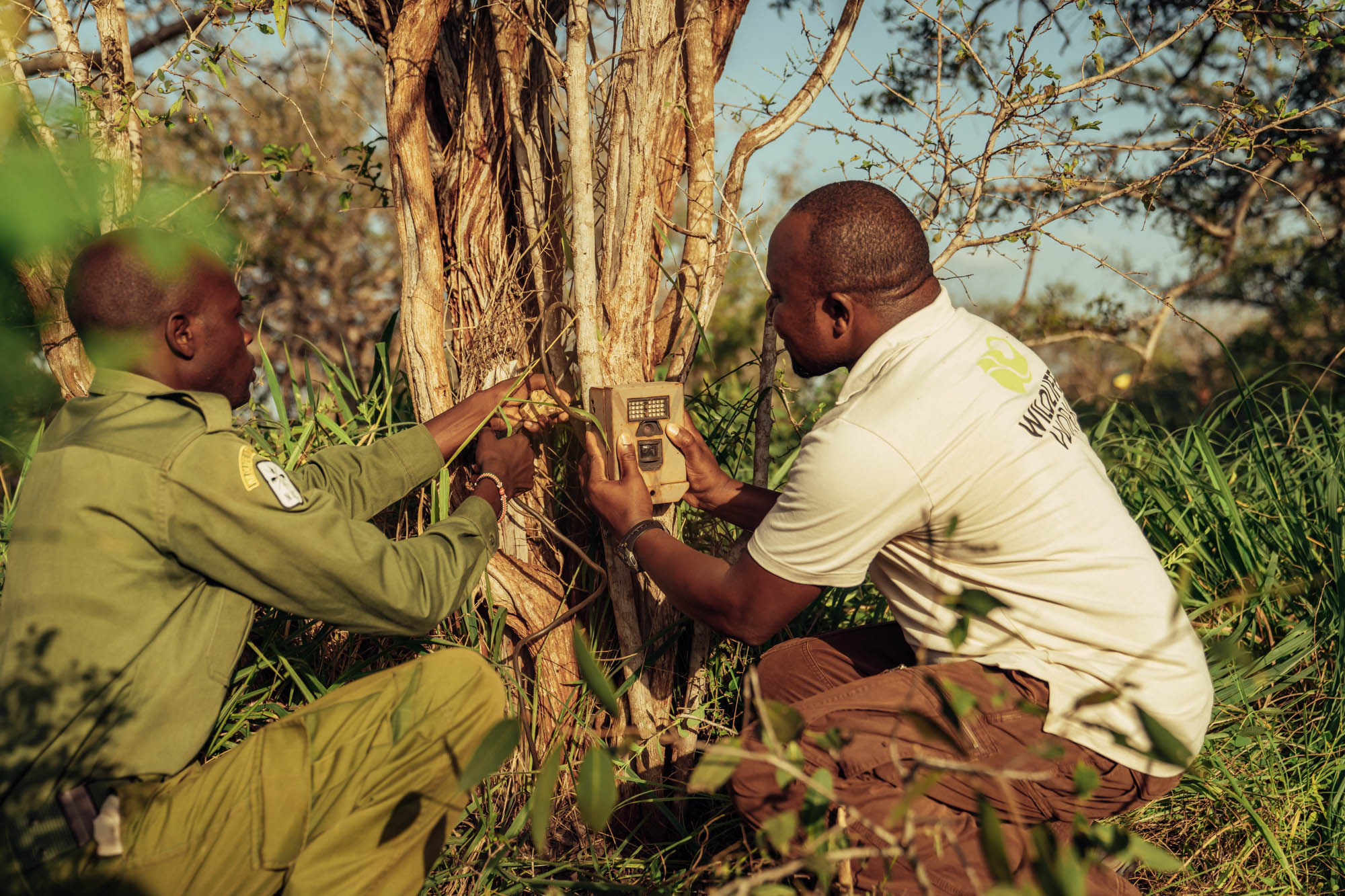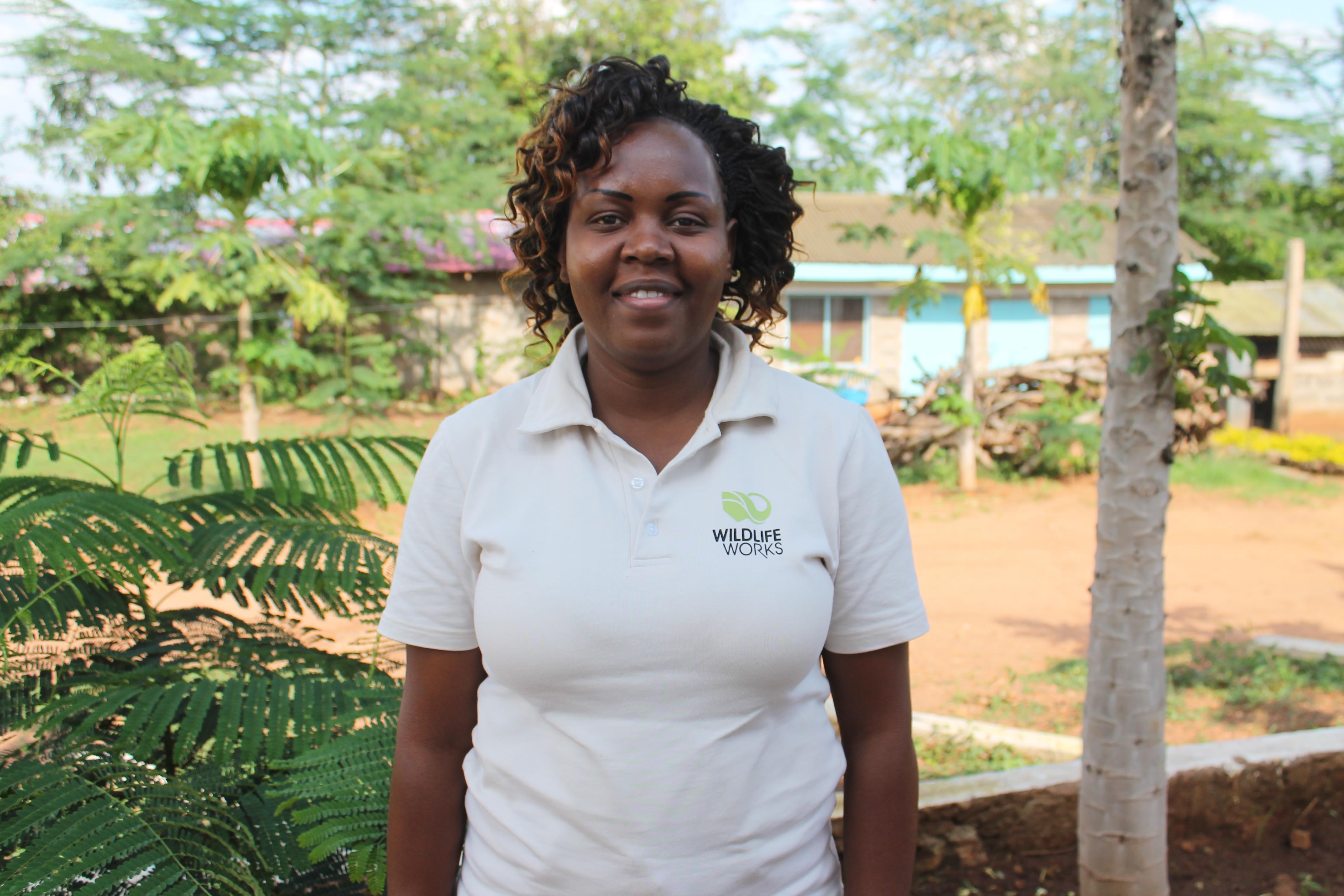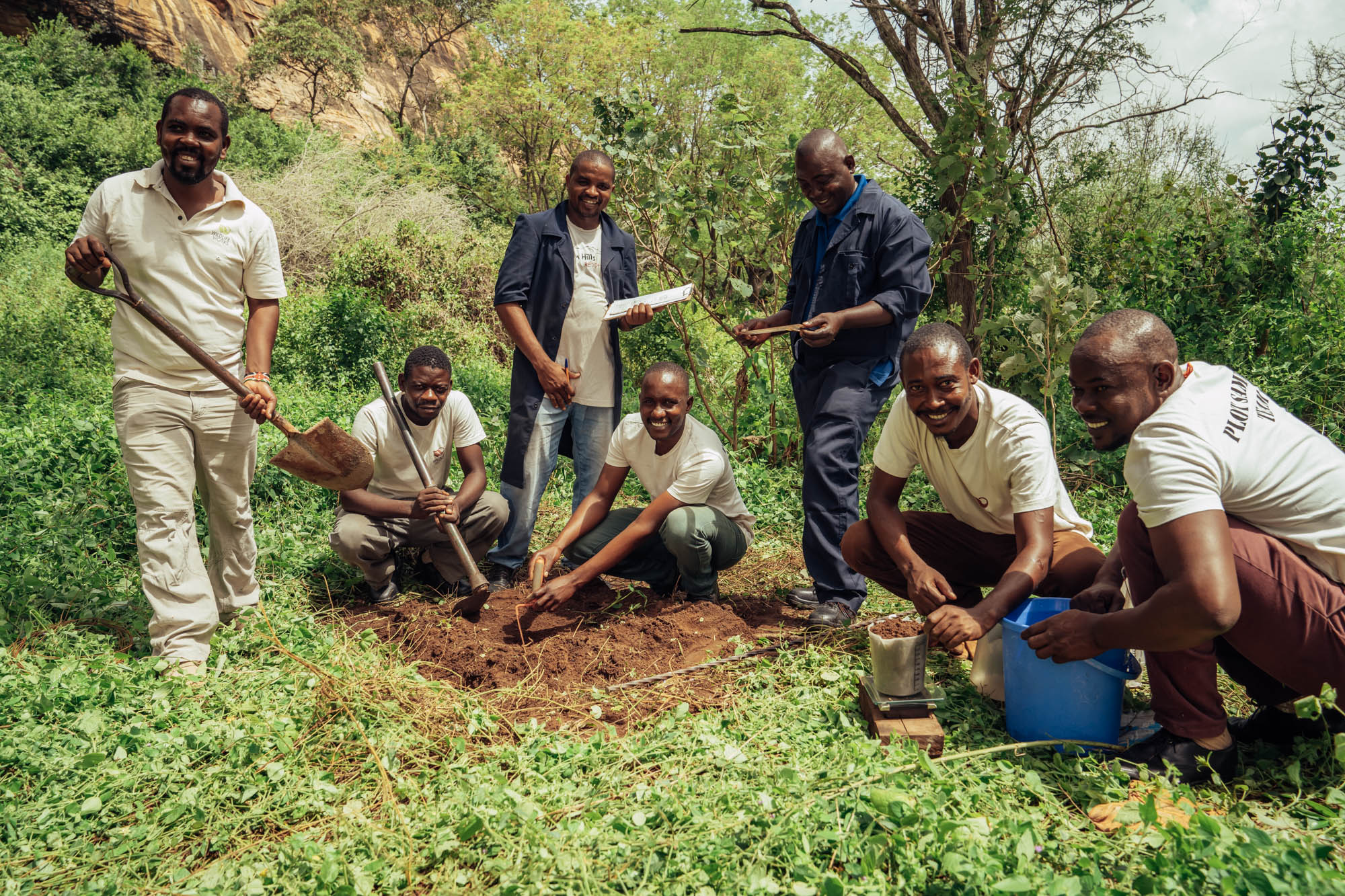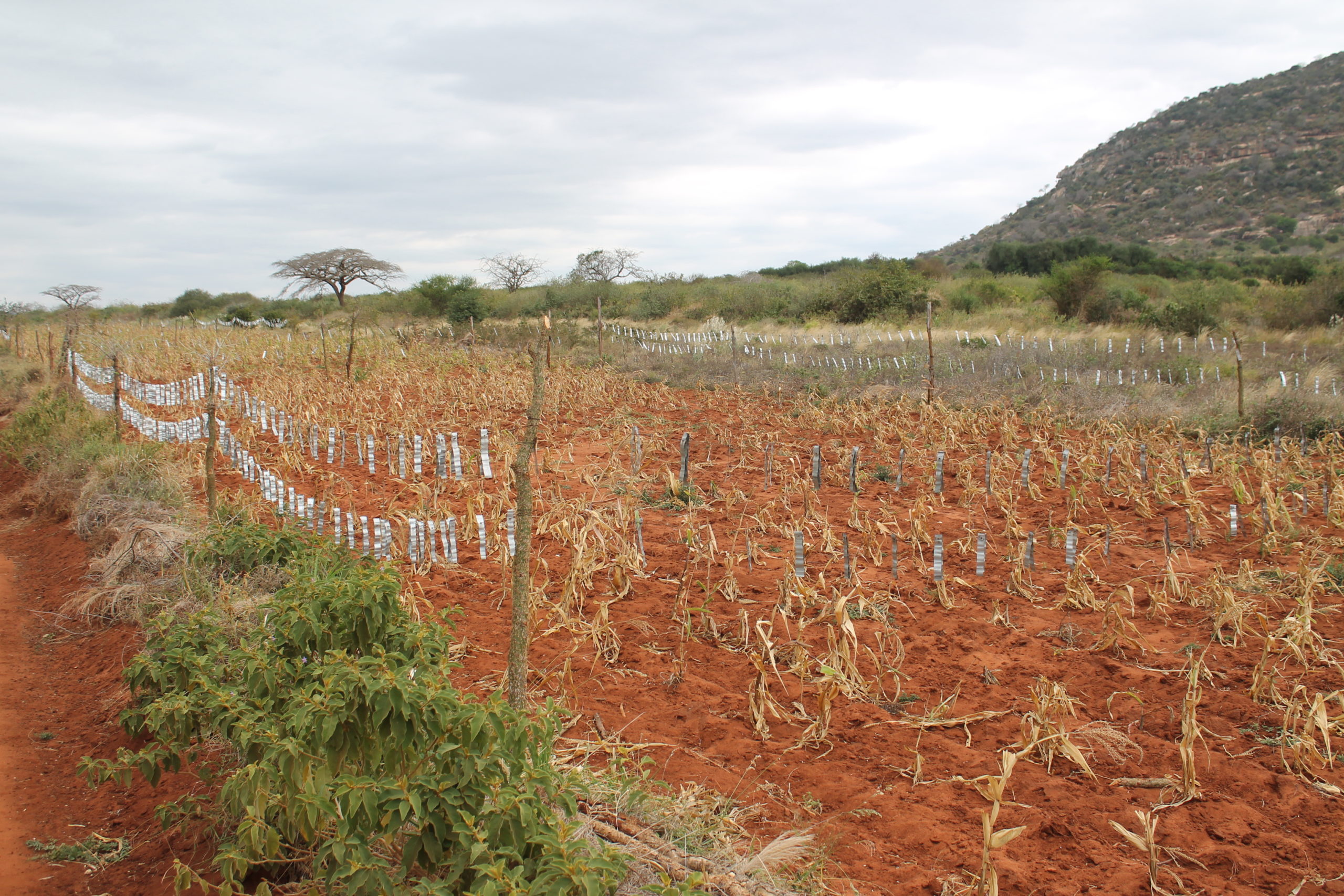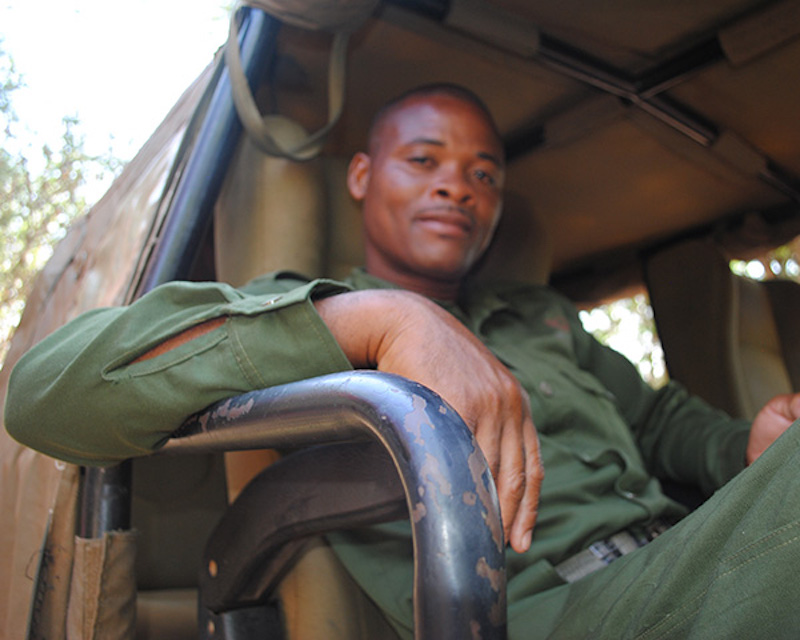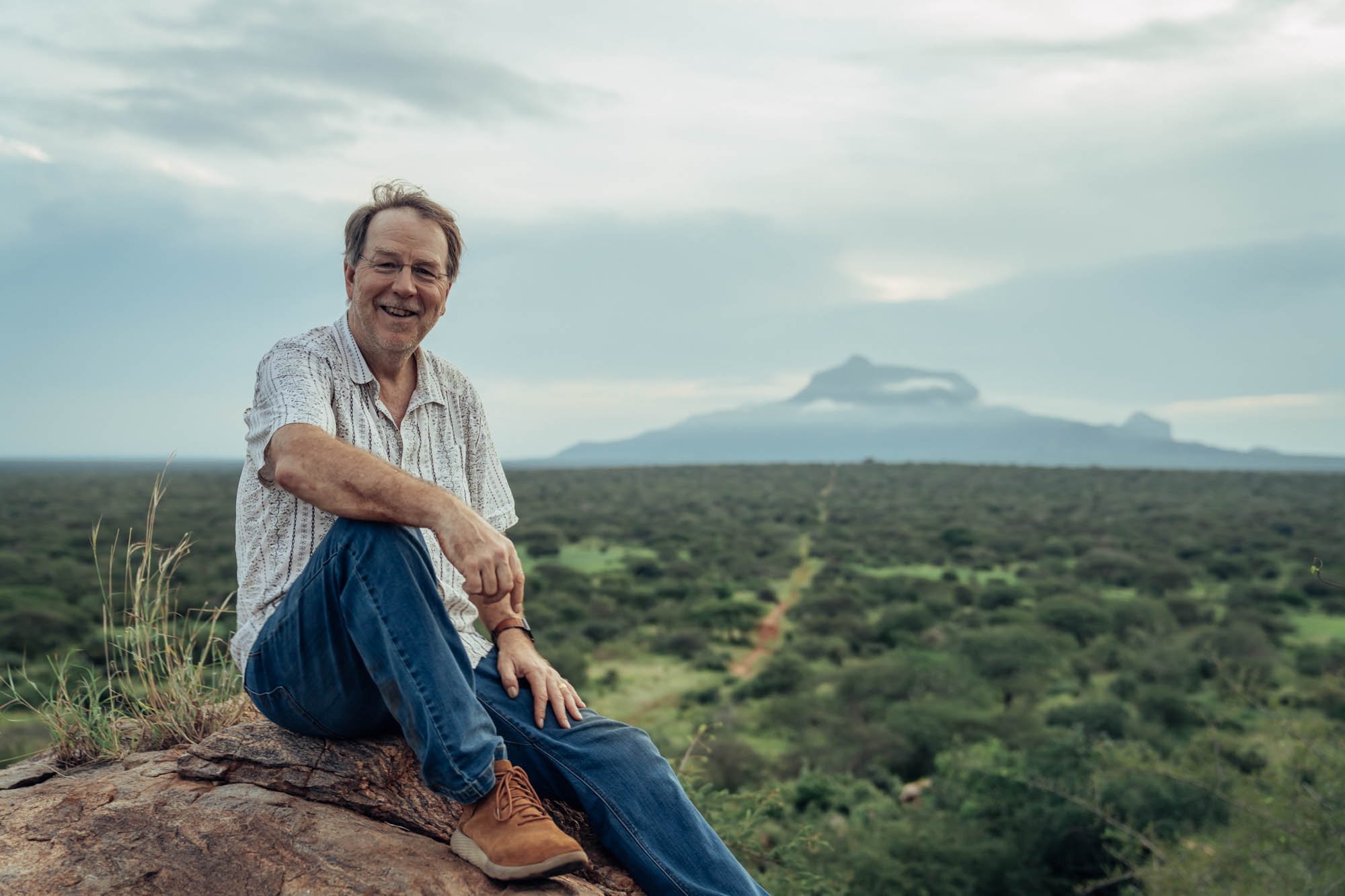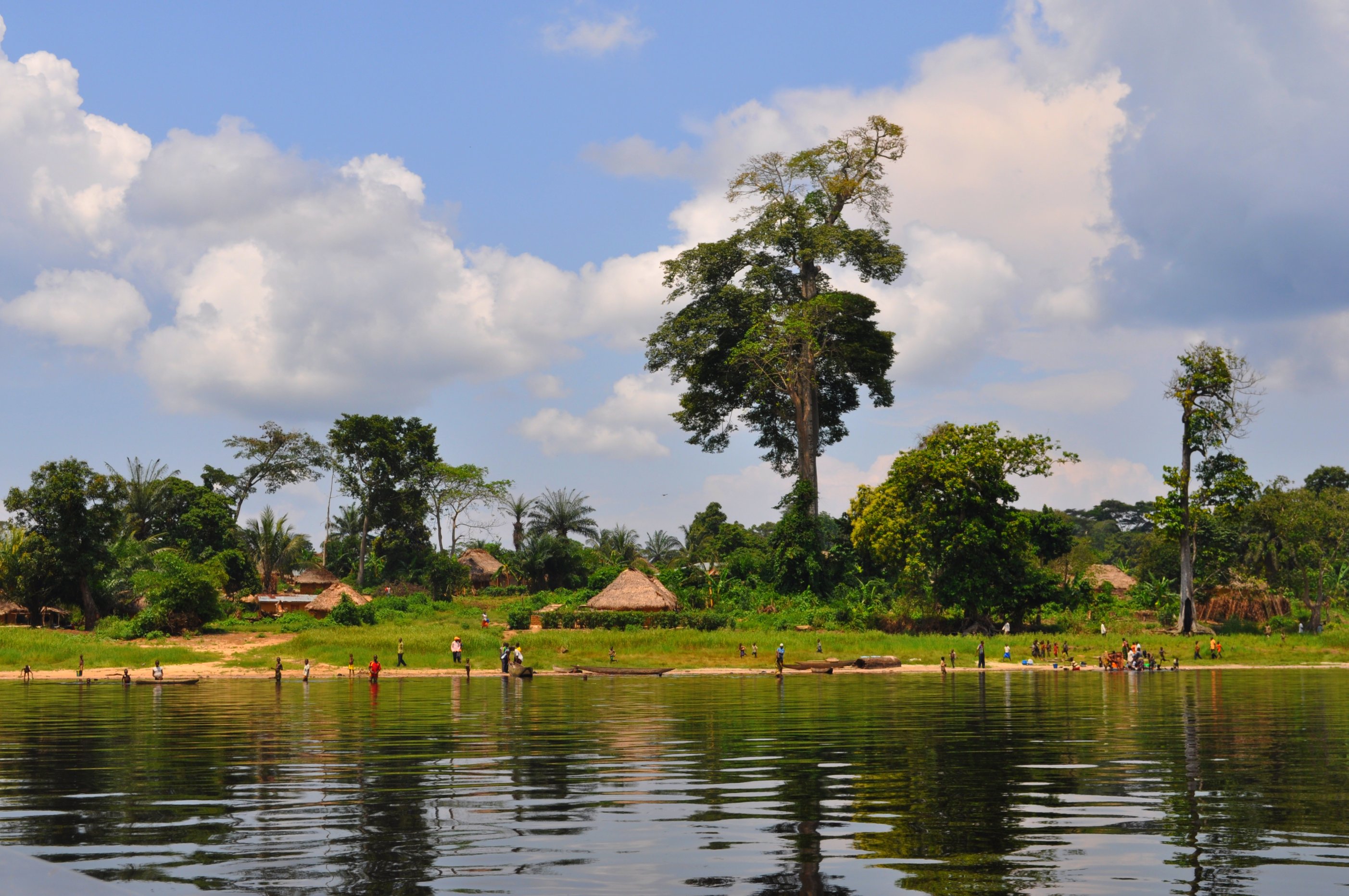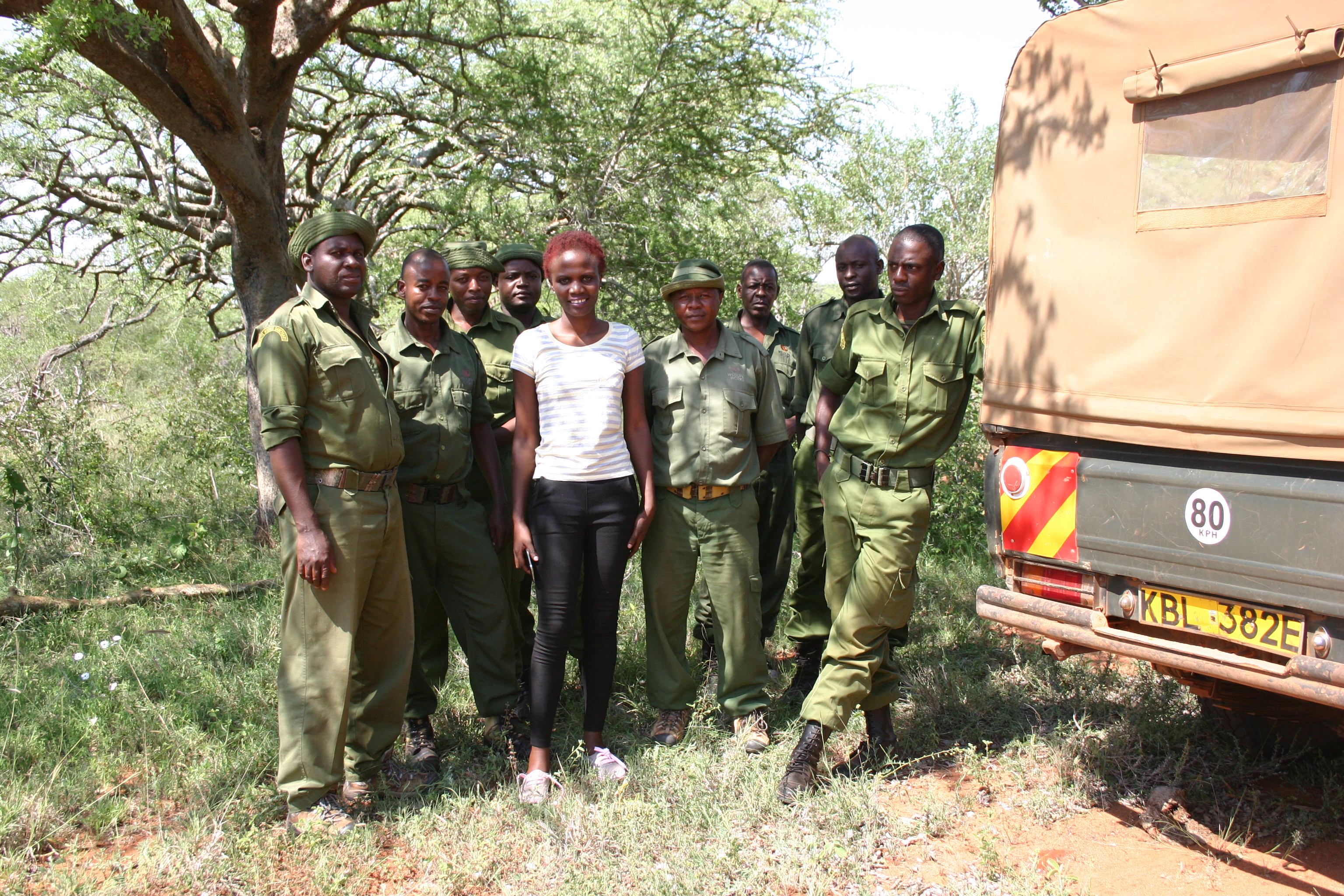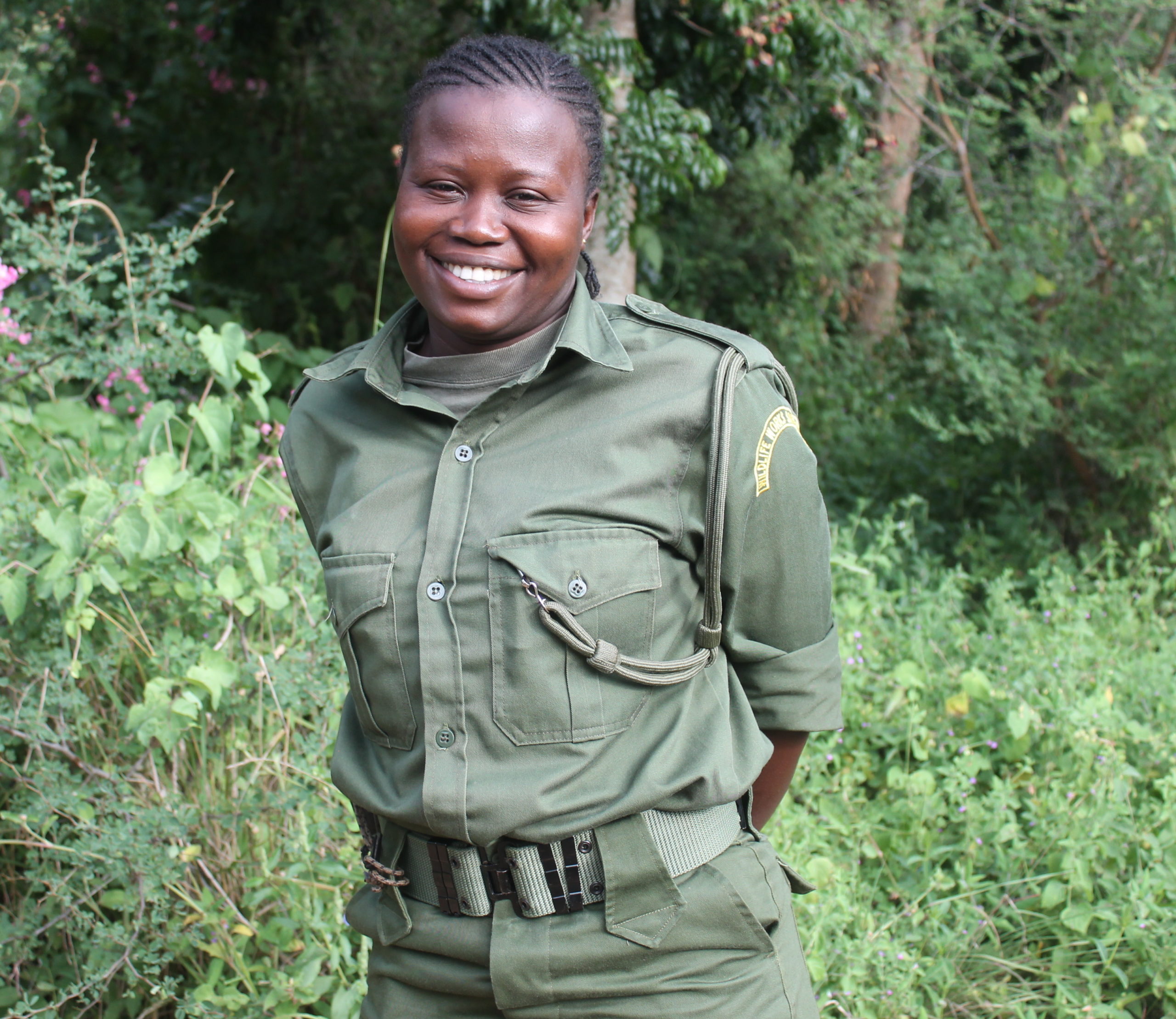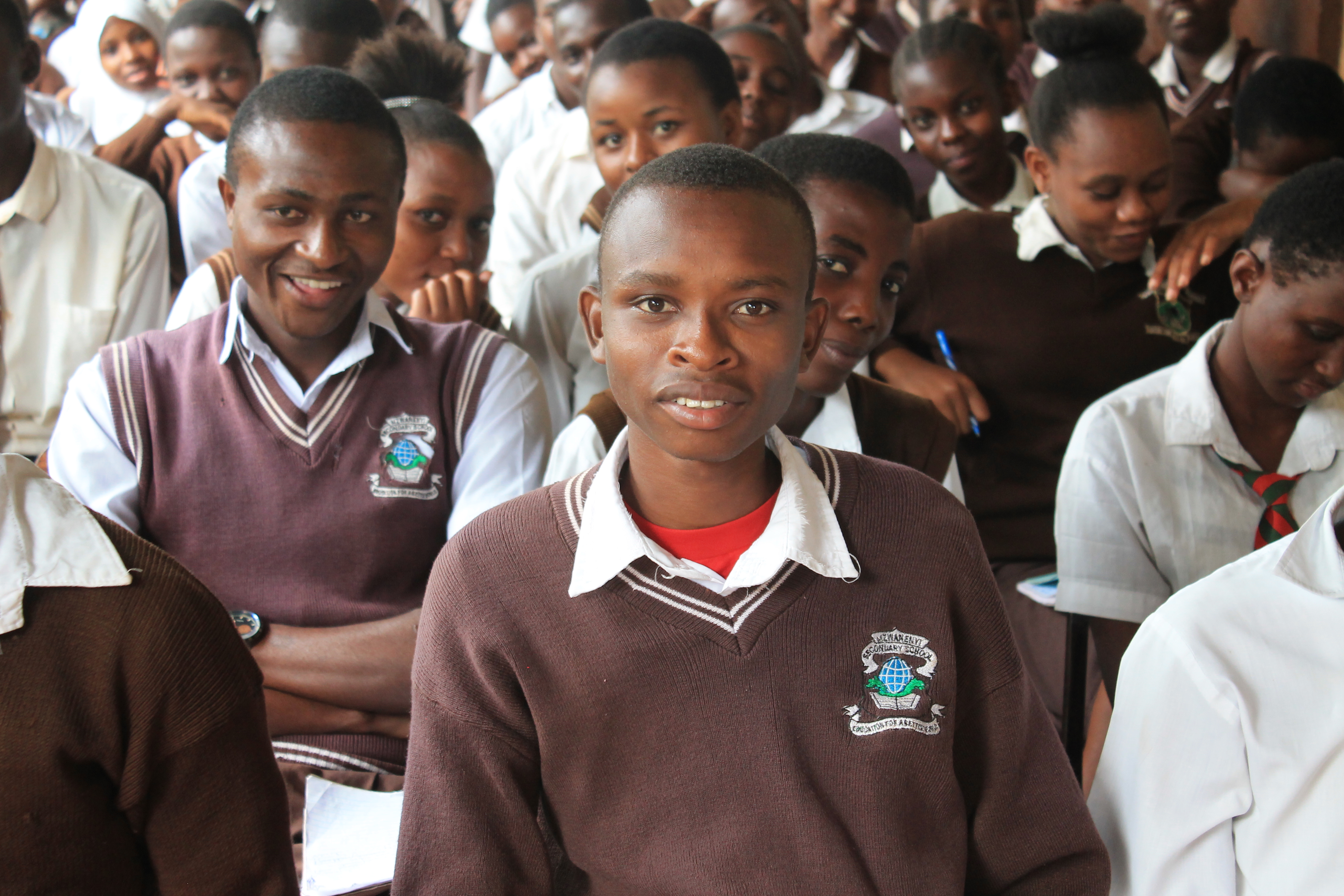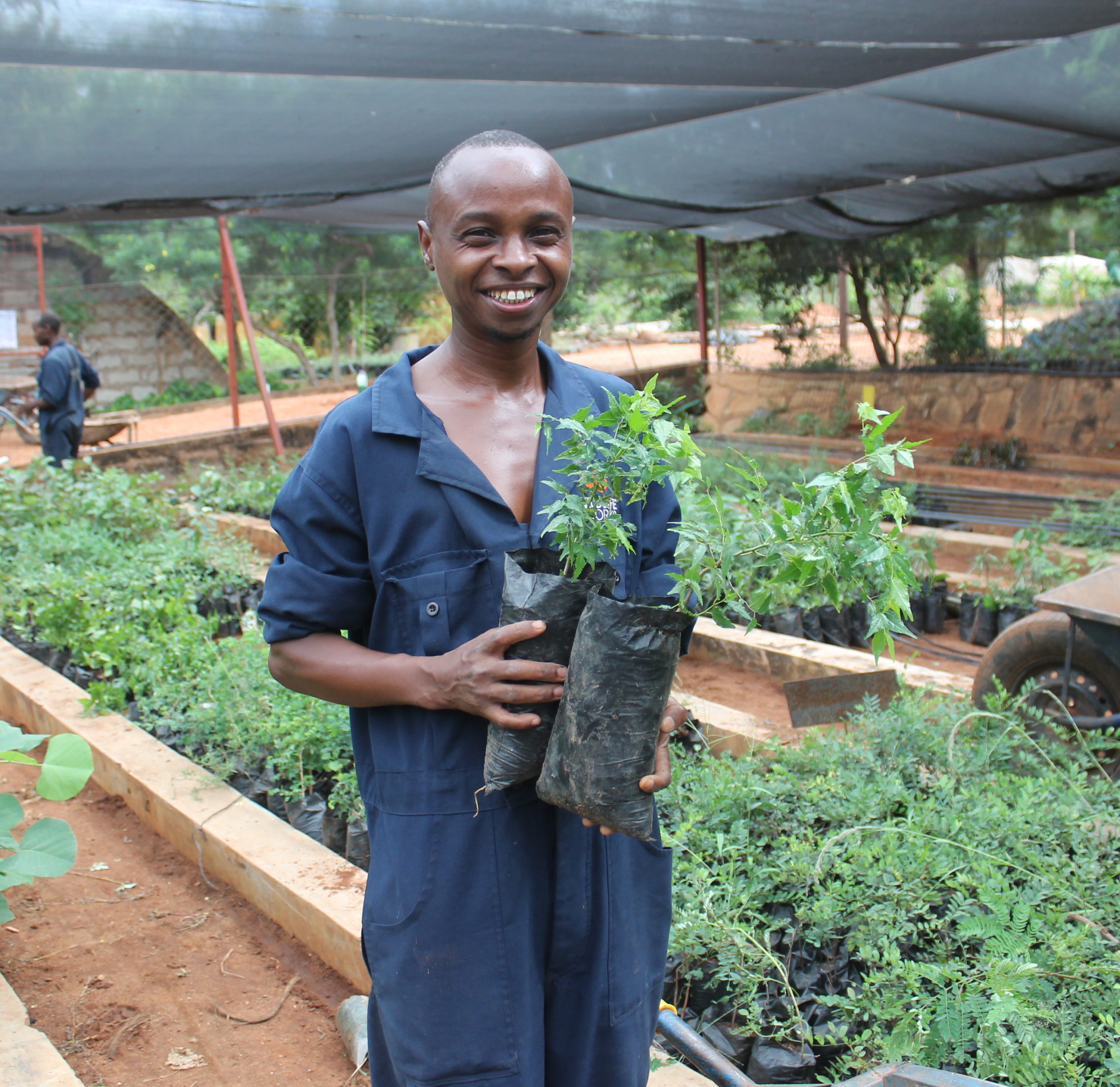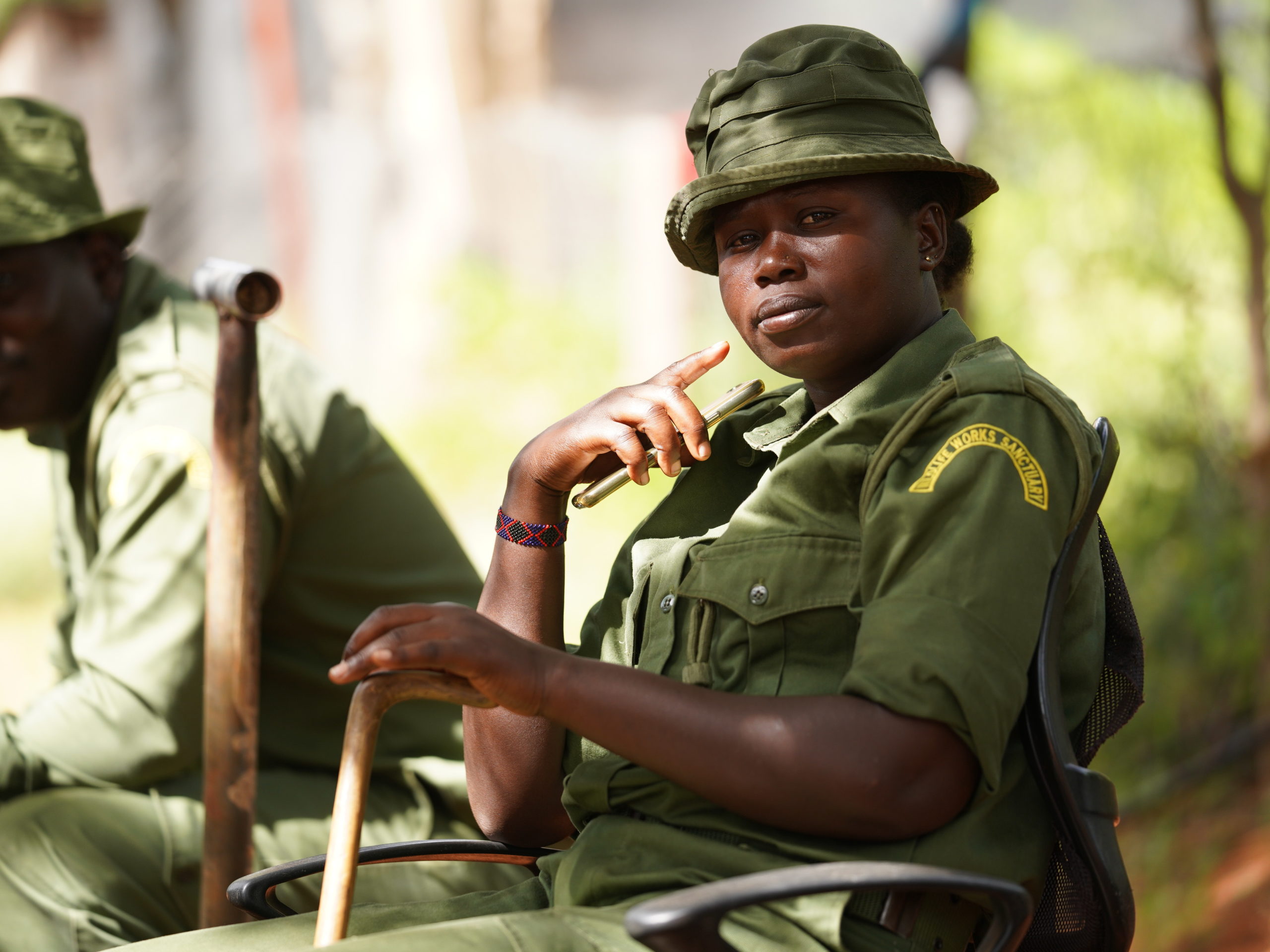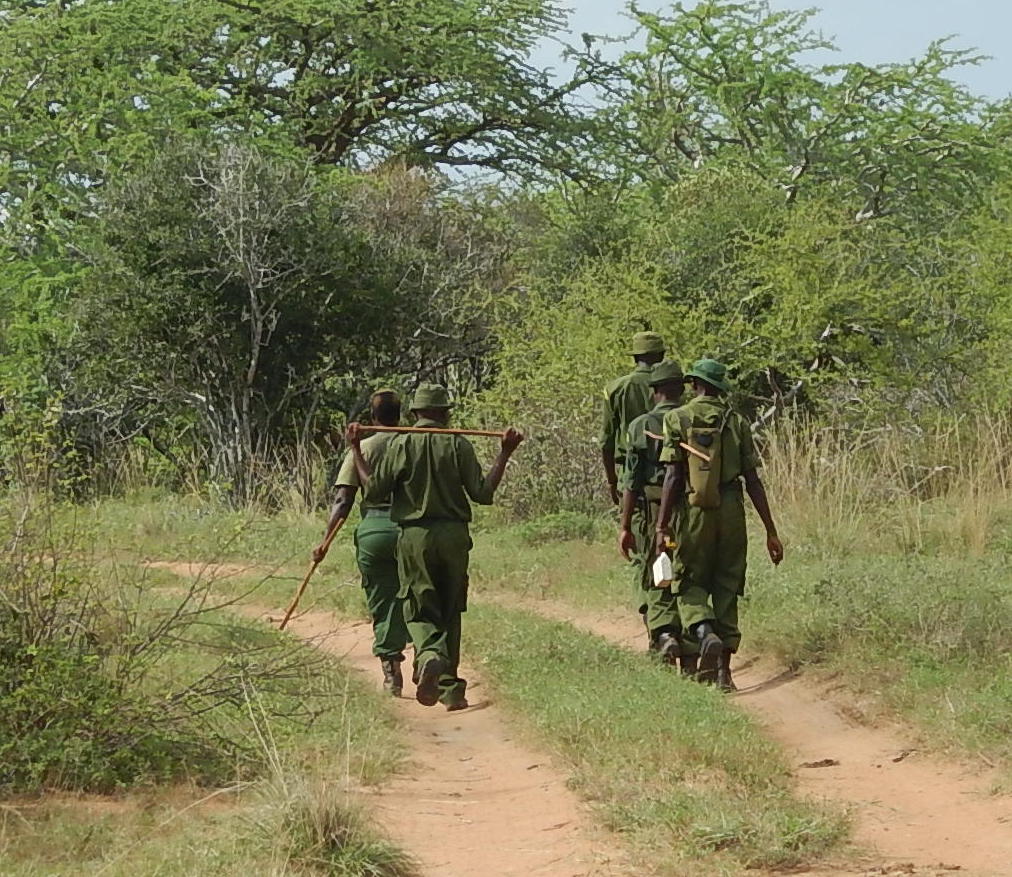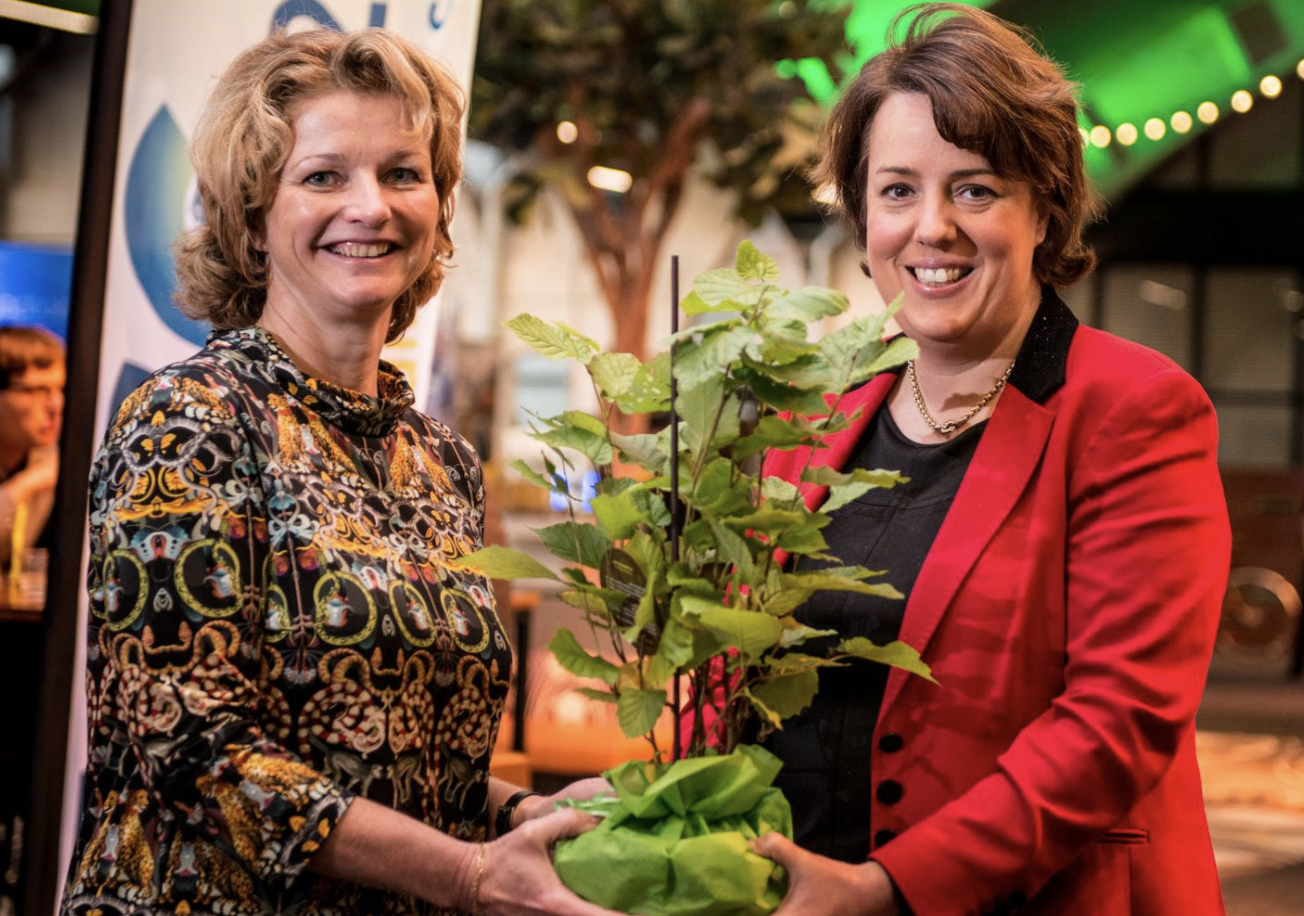Conservation
-
Three Elephant Rescues in One Day: the Product of Intensifying Tensions During a Period of Severe Drought
At the Kasigau Corridor REDD+ Project in Kenya, three elephants were recently rescued in one day. This was the product of a severe drought.
-
Mai Ndombe REDD+ Project Sees an Elephant Population Increase
The Mai Ndombe REDD+ project in the Democratic Republic of the Congo has seen a remarkable recovery of endangered forest elephants.
-
Wildlife Works Recognised With an East African Climate Action Award
On 19th October 2021, Wildlife Works was among the conservation organizations to receive a prestigious Climate Action Awards courtesy of ICPAC. Wildlife Works is honoured to be among the awardees of the Climate Action Awards East Africa, for its role in empowering local communities in activities related to climate change adaptation and mitigation. The competition was organized by ICPAC, a specialized institution of the Intergovernmental Authority on Development (IGAD) with member countries in Djibouti, Eritrea, Ethiopia, Kenya, Somalia, Sudan, Uganda, Burundi, Rwanda and Tanzania. The competition drew participants from these member countries, shining a spotlight on their groundbreaking innovations and ideas to mitigate the effects of climate change. Congratulations to Kenyan journalists…
-
Interview with Dr Mwangi Githiru, Director of Research, Biodiversity and Social Monitoring at Wildlife Works Global program
Dr Mwangi Githiru is the Director of Research, Biodiversity and Social Monitoring at Wildlife Works Global program. His department plays a key role in monitoring and reporting on the impact of Wildlife Works’ REDD+ projects on biodiversity and local communities living adjacent to the project areas in Kenya, the Democratic Republic of the Congo, Colombia and Cambodia. He gives his insight on his department and the role it plays. What is the purpose of your department? The Biodiversity and Social Monitoring Department is responsible for defining, designing and overseeing the implementation of Wildlife Works Biodiversity and Social Monitoring Strategies, both for the Kasigau Corridor Project as well as supporting development…
-
Camera Trapping for Conservation in the Kasigau Corridor REDD+ Project
By Jane Okoth Our best chance at protecting the world’s natural resources to prevent catastrophic climate change effects is by safeguarding and restoring wildlife habitats. The United Nations Sustainable Development Goal 15 “life on land” is all about protecting any living creature that depends on the earth for survival. One of its targets is to take urgent and significant action to reduce the degradation of natural habitats, halt biodiversity loss, protect of threatened species and prevent their extinction. Thanks to a team of nearly 100 Wildlife Works rangers, the Kasigau Corridor REDD+ project of 500,000 acres of dryland forest is one of the protected zones in the vast Tsavo ecosystem,…
-
All About Trees; A Day In The Life Of A Carbon Sampler
By Jane Okoth Do you know how the Kasigau Corridor REDD+ Project generates its carbon credits? Essential to the process is Wildlife Works’ Carbon Sampling Department, who play a vital role in calculating the amount of carbon stocks that are stored in the forest across the project area. This week, we are profiling Joshua Kitiro, the Head of the Carbon Sampling team, a department comprising of eight team members. “Carbon sampling is about measuring trees to calculate the amount of carbon stored in them. Different trees have different amount of carbon in them depending on their species, structure, and age,” he says. The team works with Jeremy Freund, the Vice…
-
Kasaine Fences; A Solution to Human-Wildlife Conflict?
By Jane Okoth They may be the most fascinating and intelligent mammals, but in some areas of rural Kenya, elephants pose a major threat to farmers because of their crop-raiding behavior. Human-wildlife conflict occurs frequently in dryland areas with a large wildlife population and the Kasigau Corridor REDD+ project in Kenya is no exception. Joseph Mutua, a small-scale farmer residing in Ngambenyi, which is part of the project area, has been a victim of seasonal crop-raiding for many years. Three days prior to our visit, an adult male elephant had visited his farm and ravaged his pawpaw trees. “It was around 1 am but lucky enough my dog raised an…
-
Meet Jessica Njeri, Wildlife Works Female Ranger
By Jane Okoth Early mornings and evenings are usually the peak times for wildlife activity. Jessica Njeri, a Wildlife Works ranger, is ready to begin her daily patrols by 5 am. The nature of their patrols can be either by car or foot. After a day of different sightings, they will all return to report their wildlife sightings and other findings with their team leader in the late evening. Jessica is part of the 100+ ranger team who patrol the 500,000 acres of dryland forest in the Kasigau Corridor REDD+ Project area. Born in a family of 8 in a remote village called Kisimenyi, Jessica had a love for wildlife…
-
Rising With Resilience, the Story of Charles Nzale
By Carol Chao It’s a warm afternoon at the Wildlife Works greenhouse and it’s always a busy day for Charles Mwavula Nzale. Whenever you visit the greenhouse, you will find the calm composed young man with a wide smile selling and marketing the greenhouse products (such as seedlings), taking stock, or maintaining the equipment among other duties. Charles, now 31, was born and raised in Marungu ward, which is part of the Kasigau Corridor REDD+ Project area. Charles lost his mother at a young age, so, together with his siblings, he had to go and live with his grandmother. Amidst the challenges in his life, which included a lack of…
-
Searching for Signs
By: Jacqueline Jobin Wildlife Works Intern Jacqueline Jobin, is a student from the University of Minnesota in the United States. As part of her time interning with Wildlife Works, she has been observing and learning about each department within the project. Jacqueline spent a day out with the ranger department to get to know more about the project area and the animals within the conservancy. One of my first days interning with Wildlife Works, I had the opportunity to experience a day in the life of the rangers. At sunrise I jumped in the back of the land cruiser, surrounded by rangers in green uniforms, and watched as the sun…

